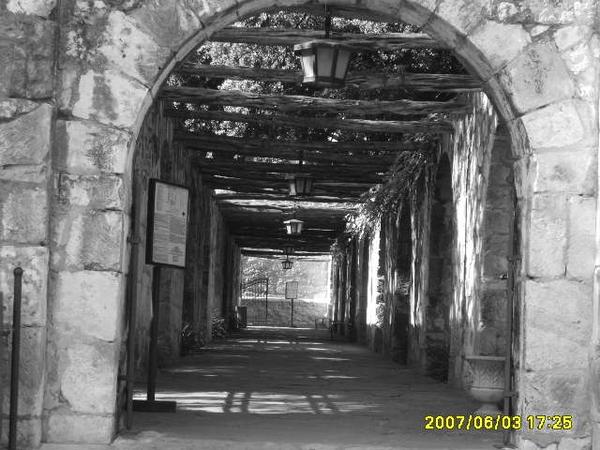Like the remaining parts of Eifel, Bitburg was very poor. Economic ascent began again with the seizure of power of Adolf Hitler and the measures for the creation of infrastructure that was important for war, particularly the West Barrier, new armed forces barracks and with the development of the Kylltal railway. It is said that the building used as the post office at Bitburg Annex (what is left of Bitburg Air Base) was the headquarters building for Hitler when he was in the city.
On 24 December 1944, Bitburg was 85% destroyed by air raids, and later officially designated by the Americans as a “dead city”. Subsequently, Luxembourg soldiers occupied the city, replaced by the French from 1955. In 1965 a North Atlantic Treaty Organization (NATO) base was opened under American leadership. At the end of the 1980s, the French withdrew their last troops and NATO took over the former French barracks. After the First Gulf War large parts of the USAF 53rd were moved into the larger Spangdahlem base. In 1994, NATO finally quit most of Bitburg for the airport.
 |  The post office. |
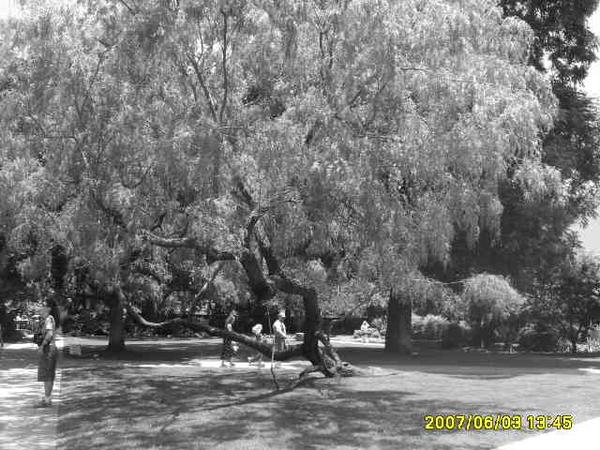
 |  |
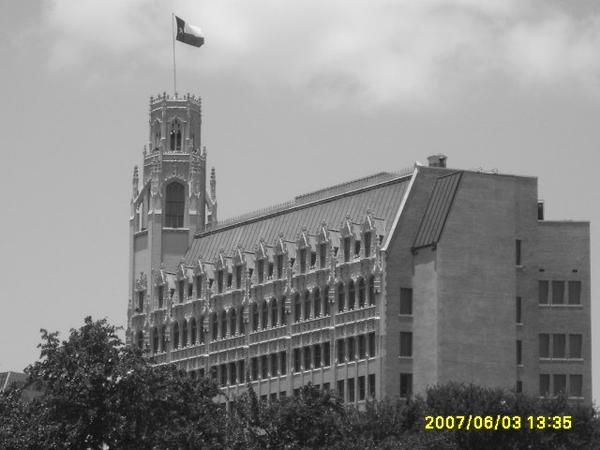 The Emily Morgan Hotel one of the citys earliest highrises.
| 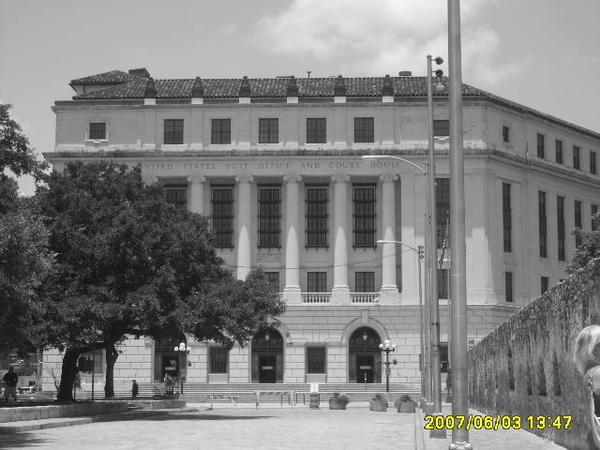 The old post office now is the court.
|
The Alamo, originally known as Mission San Antonio de Valero, is a former Roman Catholic mission and fortress compound, now a museum, in San Antonio, Texas located at 300 Alamo Plaza.[2] The compound, which originally comprised a sanctuary and surrounding buildings, was built by the Spanish Empire in the 18th century for the education of local Native Americans after their conversion to Christianity.[3] In 1793, the mission was secularized and soon abandoned. Ten years later, it became a fortress housing the Mexican Army group the Second Flying Company of San Carlos de Parras, who likely gave the mission the name "Alamo".
Mexican soldiers held the mission until December 1835, when General Martin Perfecto de Cos surrendered it to the Texian Army following the siege of Bexar. A relatively small number of Texian soldiers then occupied the compound. Texian General Sam Houston believed the Texians did not have the manpower to hold the fort and ordered Colonel James Bowie to destroy it. Bowie chose to disregard those orders and instead worked with Colonel James C. Neill to fortify the mission. On February 23, Mexican General Antonio Lopez de Santa Anna led a large force of Mexican soldiers into San Antonio de Bexar and promptly initiated a siege. The siege ended on March 6, when the Mexican army attacked the Alamo; by the end of the Battle of the Alamo all or almost all of the defenders were killed. When the Mexican army retreated from Texas at the end of the Texas Revolution, they tore down many of the Alamo walls and burned some of the buildings.
For the next five years, the Alamo was periodically used to garrison soldiers, both Texian and Mexican, but was ultimately abandoned. In 1849, several years after Texas was annexed to the United States, the US Army began renting the facility for use as a quartermaster's depot. The US Army abandoned the mission in 1876 after nearby Fort Sam Houston was established. The Alamo chapel was sold to the state of Texas, which conducted occasional tours but made no effort to restore it. The remaining buildings were sold to a mercantile company which operated them as a wholesale grocery store.
After forming in 1892, the Daughters of the Republic of Texas (DRT) began trying to preserve the Alamo. In 1905, Adina de Zavala and Clara Driscoll successfully convinced the legislature to purchase the buildings and to name the DRT permanent custodians of the site. For the next six years, de Zavala and Driscoll quarrelled over how to best restore the mission, culminating in a court case to decide which of their competing DRT chapters controlled the Alamo. As a result of the feud, Texas governor Oscar B. Colquitt briefly took the complex under state control and began restorations in 1912; the site was given back to the DRT later that year. The legislature took steps in 1988 and again in 1994 to transfer control of the Alamo to the Texas Parks and Wildlife Department but the attempt failed after then-governor George W. Bush vowed to veto any bill removing the DRT's authority.
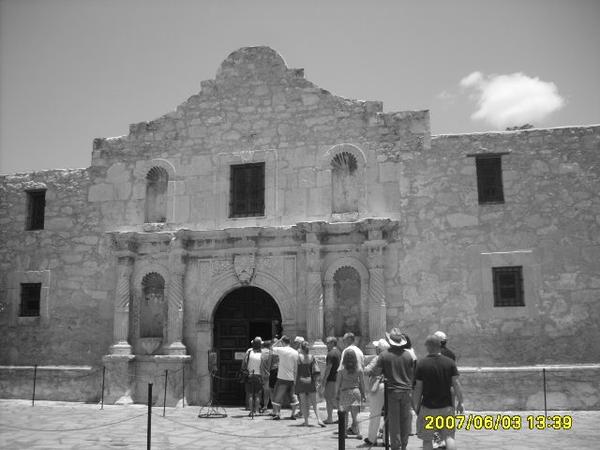 | 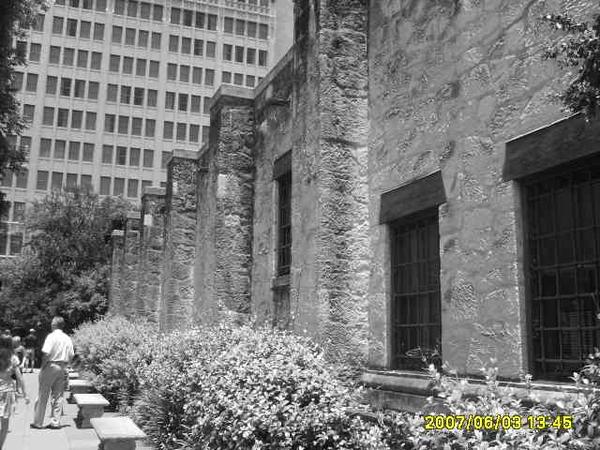 |
